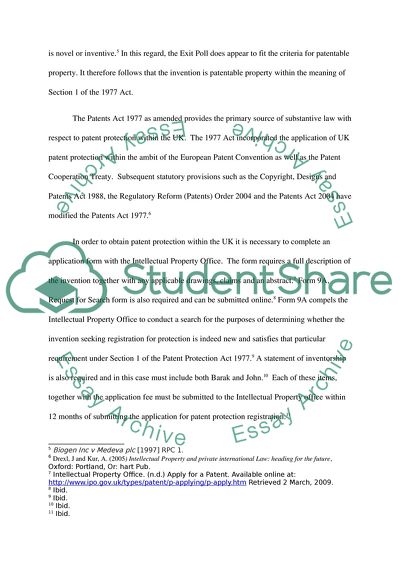Cite this document
(The Available Defences Applicable to a Defective Product Claim: Essay, n.d.)
The Available Defences Applicable to a Defective Product Claim: Essay. Retrieved from https://studentshare.org/marketing/1721088-marketing-law
The Available Defences Applicable to a Defective Product Claim: Essay. Retrieved from https://studentshare.org/marketing/1721088-marketing-law
(The Available Defences Applicable to a Defective Product Claim: Essay)
The Available Defences Applicable to a Defective Product Claim: Essay. https://studentshare.org/marketing/1721088-marketing-law.
The Available Defences Applicable to a Defective Product Claim: Essay. https://studentshare.org/marketing/1721088-marketing-law.
“The Available Defences Applicable to a Defective Product Claim: Essay”, n.d. https://studentshare.org/marketing/1721088-marketing-law.


